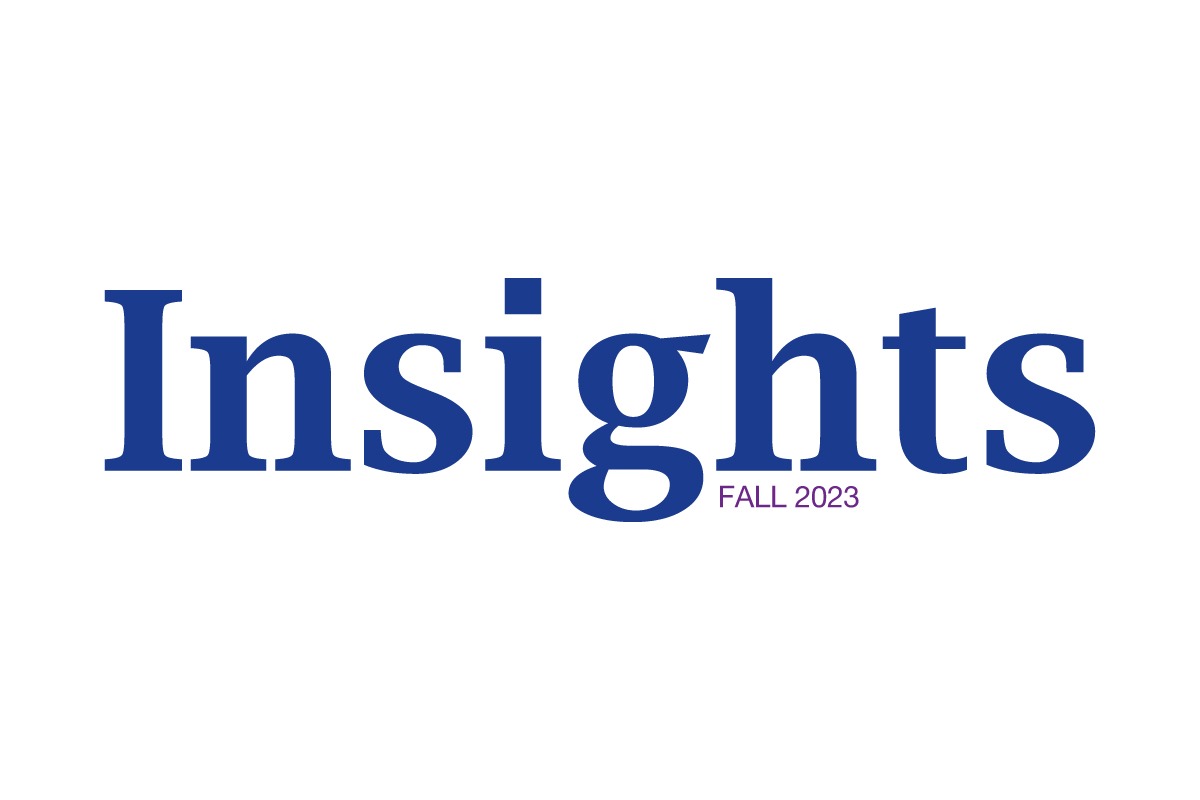2020 tax-filing guide: what’s new ahead of the April 30th deadline
(Reading time: 3:25)
This year’s tax season is a little more complex to navigate due to the impact of COVID-19.
For starters, some Canadians might be looking at owing more money than previous years due to collecting pandemic-related benefits over the course of 2020. Others could end up getting more money back (in the form of a tax refund) because they spent the better part of last year working from home.
To figure out what side of the spectrum you fall under, it’s important to understand the potential tax impact of any benefit payments you may have received.
Benefit payments fall under two categories—those where the government did not withhold any tax:
- Canada emergency response benefit (CERB)
- Canada emergency student benefit (CESB)
And those where the government did withhold taxes in the amount of 10%:
- Canada recovery benefit (CRB)
- Canada recovery caregiving benefit (CRCB)
- Canada recovery sickness benefit (CRSB)
If you collected any of the above benefits in 2020, you may have some taxes owing.
This remains a possibility, even if you only received benefits where taxes were withheld (since the marginal tax rate of most Canadians is higher than 10%).
However, if you do end up owing money because of receiving benefits, there is some good news.
The federal government has introduced a deferral program to assist with paying taxes on those benefits.
In order to qualify, you need to have had a total taxable income in 2020 of $75,000, or less, and collected one or more of the pandemic-related benefits. While you’ll still have to file on time (by April 30, 2021), you wouldn’t have to pay any taxes owing until April 30, 2022.
If you have money owing and didn’t receive COVID-19 benefits in 2020, or are over the $75,000 threshold—you’ll have to settle that amount by April 30th of this year to avoid paying interest charges.
On the flip side, there’s a chance to minimize your tax burden if you worked from home during lockdown last year.
We’re referring to the all-new home office expenses tax deduction.
To be eligible, you must have worked from home more than 50% of the time for at least four consecutive weeks in 2020.
You have two options when it comes to claiming this deduction.
Detailed method: Consists of calculating what percentage of your household costs can be applied to your home office (I.e. rent, utilities, Internet). With this method, however, you may be asked to provide all relevant receipts/documentation.
Flat rate method: This is a new, temporary option that allows eligible Canadians to claim a deduction of $2 for each day they worked from home in 2020—up to a maximum of $400, no questions asked (you can claim it without having to file any receipts/documentation).
As for which method has the biggest tax deduction potential, well that depends on your homeownership status.
If you own your home, the flat rate method could be the way to go. This is due to the fact that mortgage payments cannot be claimed as a home office expense. On the other hand, if you’re a renter, the detailed method may get you the biggest bang for your tax credit buck (because you can claim a portion of your rent based on the size of your home office in relation to your entire home).
Other new and notable tax credits to have on your radar:
- Digital news subscription tax credit
Claim up to $500 for digital subscriptions made in 2020 to qualifying Canadian media services that do not hold a broadcast license (I.e. podcasts, websites, magazines, newspapers, etc.). Must primarily consist of original news-related content. - Canada training credit
Can be claimed for tuition and other fees paid to an eligible Canadian educational institution for courses taken last year. Eligibility requirements include having been at least 26 years of age and less than 66 years of age at the end of 2020. - Mineral exploration tax credit
This tax credit for flow-through share investors has been extended for an additional 5 years (to March 31, 2024).
Learn more about what’s new for 2020 by checking out CRA’s full list of updates.
When it comes to your taxes, the more you know, the better position you’ll be in for happy returns.
Did you know that as an educator, you’re entitled to more tax credits than the average Canadian? Before you file your tax return, check out our educator-specific tax credits checklist. If you’re still unsure about the potential tax impact of pandemic-related benefits (or whether you qualify for certain credits), be sure to reach out to your accountant or the CRA.
Expecting a refund? Don’t put it to waste.
We can show you how to make that money work extra hard for you. In the meantime, here are few ways to get a jumpstart on maximizing your tax refund.
Sources:
https://www.canada.ca/en/revenue-agency/news/2020/12/introducing-a-simplified-process-for-claiming-the-home-office-expenses-for-canadians-working-from-home-due-to-the-covid-19-pandemic.html
https://www.canada.ca/en/revenue-agency/services/tax/individuals/topics/about-your-tax-return/tax-return/completing-a-tax-return/deductions-credits-expenses/line-31350-digital-news-subscription-expenses.html


